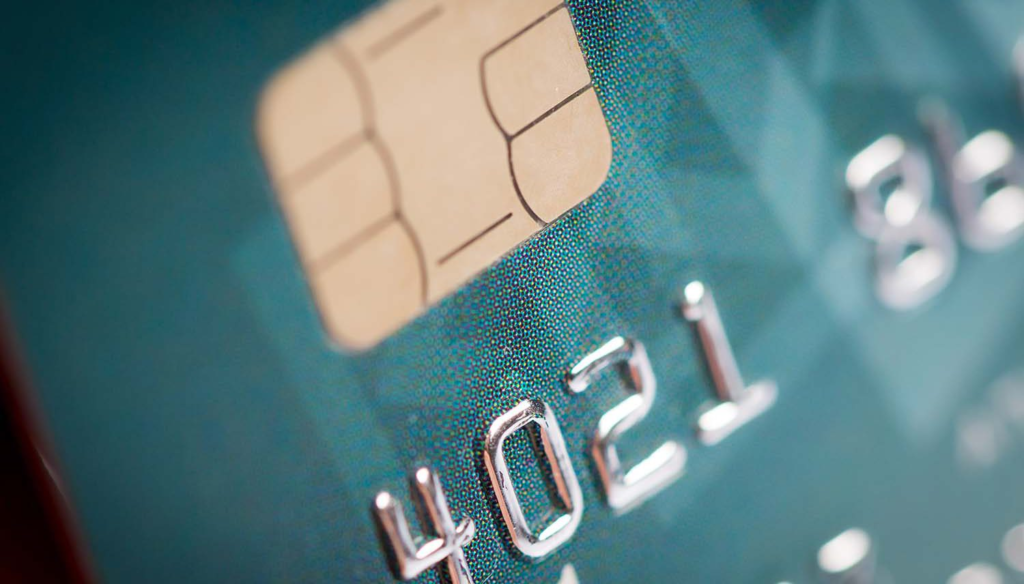
Common Problems With Contact Smart Card and How to Fix Them
A contact smart card is reliable, secure, and widely used for identification, banking, and access control. Yet, like Contact smart card is safe and widely used for identification, banking, and access control. However, like any technology, they can be subject to common issues that can disrupt daily operations. These issues often stem from physical wear and tear, chip contamination, or communication errors with the card reader. How can we identify and prevent these issues?
Physical Damage and Wear
Frequent insertion and removal can scratch the gold contact surface or deform the card body. When the contact pads lose conductivity, the reader may fail to detect the chip. Users can prevent such issues by avoiding bending or exposing cards to extreme heat. Organizations should replace cards showing visible cracks or deep scratches. Manufacturers typically test cards for thousands of insertions, but poor handling remains the leading cause of physical failure. Regular inspection and gentle use extend the card’s lifespan significantly.

Dust and Contamination on the Chip Surface
Dust, oil, and residue on the contact area can block electrical signals between the card and the reader. This contamination often happens when users keep cards in wallets or pockets without covers. To fix the problem, clean the chip gently with a soft microfiber cloth or an isopropyl alcohol wipe. Never use abrasive materials or water. Keeping cards in protective sleeves prevents recurrence. Many service desks report that over 60% of “unreadable card” complaints result from simple surface dirt rather than chip failure.
Reader Connection Errors
Sometimes, the fault lies not with the card but with the reader. Loose cables, outdated drivers, or worn-out terminals can all interrupt communication. When the reader displays “card not detected,” test another card first. If multiple cards fail, clean the reader contacts or reinstall its driver. IT departments should schedule periodic reader maintenance and firmware updates. Using certified readers that comply with ISO/IEC 7816 standards ensures better electrical contact and compatibility across different card types.

Chip Malfunction or Data Corruption
A chip may fail if exposed to static electricity, magnetic fields, or electrical surges. In rare cases, firmware bugs can also corrupt stored data. When the card stops responding despite clean contacts and a working reader, contact the issuing authority. Some institutions offer chip re-initialization or secure replacement programs. For high-value applications such as banking, chip replacement must follow security protocols to avoid cloning risks. Using anti-static packaging and avoiding proximity to magnets helps prevent such damage.
Authentication and PIN Problems
Authentication failures often occur when users forget their PIN or exceed retry limits. Most secure contact smart cards lock automatically after three incorrect attempts. To resolve this, users must request a PIN reset through official channels. System administrators should educate users on proper PIN management and encourage periodic updates. Some modern cards integrate biometric verification to reduce reliance on PINs. However, ensuring consistent security policies across platforms remains essential to avoid confusion and lockouts.

Software and Middleware Compatibility
Even a healthy card and reader can fail if the middleware or application software is outdated. Drivers that do not support the latest Java Card or ISO standards may cause connection drops or misreads. Updating middleware regularly ensures smooth operation. IT teams should also verify that antivirus or firewall settings are not blocking communication ports. In corporate environments, using vendor-certified software stacks improves overall reliability and reduces help desk tickets.
Environmental and Usage Factors
Environmental conditions such as humidity, dust, and temperature fluctuations can impact contact performance. Cards used outdoors or in industrial sites degrade faster than those in office settings. For high-usage environments like access gates, institutions should schedule preventive replacements every 18 to 24 months. Using card holders and proper storage away from direct sunlight prevents material fatigue. Data from extensive facilities shows that preventive replacement lowers downtime incidents by up to 40%.

Maintaining a Reliable Contact Smart Card
The Contact Card remains one of the most secure and versatile identification technologies available today. Yet its reliability depends on careful use, regular maintenance, and proper software support. By cleaning contacts, updating readers, and replacing damaged cards early, users can extend their cards’ operational life. Organizations that implement preventive maintenance and user education experience fewer disruptions and lower replacement costs. With consistent care, a contact smart card continues to deliver secure authentication and seamless daily service for years.


